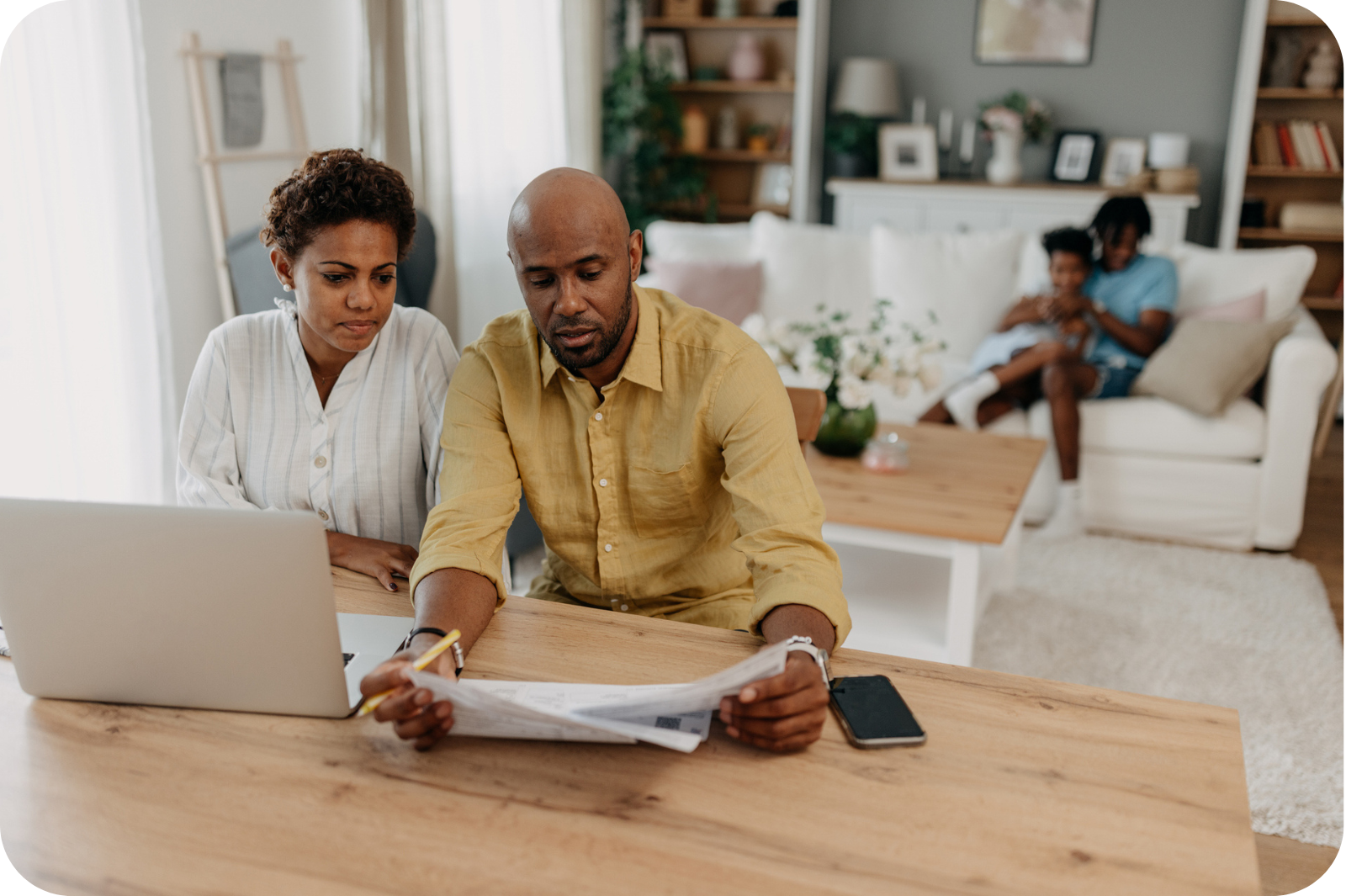A job loss, car breaking down, or a medical expense are all things that many people don’t anticipate but can happen at any time. Unfortunately, if you don’t have any savings set aside, these events could cause you mental and financial stress.
Having an emergency fund can ensure that you’re always protected. It gives you a financial safety net designed to cover unexpected expenses or provide support during periods of financial hardship. Here’s how emergency funds work and why you should have one.
The basics of an emergency fund
An emergency fund is a financial safety net set aside to cover unexpected expenses or financial emergencies. It’s impossible to predict when home repairs, a loss of income, or emergency travel will happen; that’s why having an emergency fund is essential.
Generally, you’ll want to save three to six months of living expenses. This should give you enough time to find a new job or recover. However, the amount you set aside should be based on your expenses and comfort level.
For example, three months might be enough if you’re single, renting and can move back home anytime. However, if you’re married with kids and a mortgage, you’ll likely want to set aside closer to six months of expenses.
- Read more: Family Saving Tips
How much you should save
You already know that you should save three to six months’ worth of expenses for your emergency fund, but that will differ for each person. Instead, you should look at your monthly expenses first, as that will give you a better idea of how much money you should save. Some monthly expenses include:
- Housing (rent or mortgage)
- Utilities
- Groceries
- Transportation
- Insurance
- Minimum debt payments
If your monthly essentials add up to $2,000 and you’re targeting an emergency fund of 6 months of expenses, you must save $12,000. That may sound like a lot – because it is – but giving you a good financial buffer is necessary.
Where to keep your emergency fund
Your emergency fund should be easily accessible since you may need the money anytime. That means you shouldn’t invest the funds. However, you also don’t want the money to be too accessible, as you may be tempted to dip into your account for non-emergency reasons.
Some places you could potentially hold your emergency fund include:
- High-Interest Savings Account (HISA): Earn some interest on your money without worrying about any market fluctuations.
- Tax-Free Savings Account (TFSA): The tax-free benefits of a TFSA can help you save a little bit of money but be sure not to exceed your contribution limits.
If you’re just starting to build your emergency fund and have limited money left over each month, consider setting up a small automatic transfer – such as $25 – to begin with. You’ll pay yourself first if you build savings into your budget. As you get used to these withdrawals, you can increase your savings rate over time.
Remember, it’s not about how quickly you fill your fund but the consistency of contributions. Even small amounts can bolster your emergency fund over time.
Building your emergency fund
Starting an emergency fund may seem impossible for some people, but a few simple strategies can put you on the right path.
- Assess your budget: Begin by reviewing your monthly expenses. Look for areas where you can cut back, like dining out or subscription services. You can reallocate any money saved to your emergency fund.
- Set saving goals: A small goal like $50 per week adds up to $2,600 a year. That may not be enough to cover six months’ worth of expenses, but it proves you can save.
- Automate savings: Set up an automatic transfer from your chequing to your high-interest savings account or TFSA each month to make saving effortless.
- Use windfalls wisely: If you come across any cash, such as a tax refund, gift, or inheritance, use it to build your emergency fund. Don’t spend it.
Using your emergency fund
Your emergency fund is meant to cover unexpected expenses. Unfortunately, many people get tempted or convince themselves to spend their money on other things. Some reasonable uses for your emergency fund include:
- A job loss: If you lose your job, your emergency fund can complement any Employment Insurance you might qualify for.
- Medical emergencies: Although your provincial healthcare will cover most costs, some medical expenses may need to be paid out of pocket.
- Car repairs: If your vehicle breaks down and you rely on it for work, dipping into your emergency savings can quickly get you back on the road.
- Home repairs: Use your emergency fund for urgent home fixes that could worsen over time, like a leaky roof or broken heating system in the winter. A kitchen or bathroom upgrade does not count as an emergency.
- Unanticipated travel: Sometimes, you might need to travel suddenly due to a family emergency, and your fund can cover those travel expenses.
Managing your fund post-emergency
If a real emergency arises, you should never feel bad about dipping into your emergency fund because that’s what it’s there for. That said, once you’ve withdrawn some funds and your crisis has passed, it’s worth reviewing what happened. Was the amount you saved enough? If not, be sure to set aside more in the future.
While it’s unnecessary to replenish your emergency fund immediately, you will want to top it up as soon as possible since another emergency could come up at any time. The last thing you want is to experience another crisis while you’re short on cash because you neglected to replenish your fund.
Final thoughts
Remember, your emergency fund is a buffer against the unexpected. Use it wisely, and don’t forget to build it back up when you’re back in a better place. Another rainy day will come up eventually, so having that money ready will give you peace of mind.

Barry Choi is an award-winning personal finance and travel expert. He regularly appears on various shows in Canada and the U.S., where he talks about all things money and travel. His website - Money We Have - attracts thousands of visitors daily, looking for the latest stories on travel and money.



